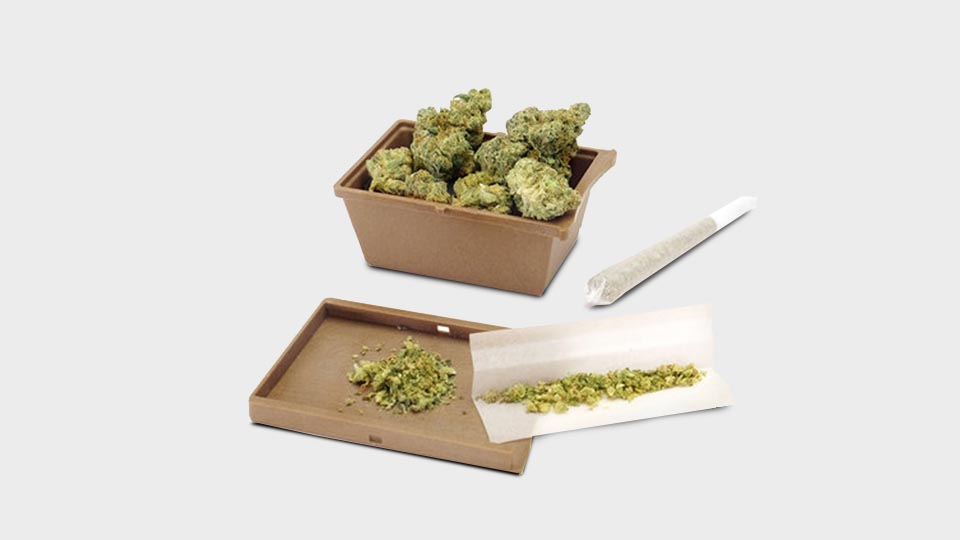Single-use plastic products are Exhibit A for the law of unintended consequences. Our modern, star-crossed love affair with plastic began in 1862 at London’s Great International Exhibition where Alexander Parkes introduced the first man-made plastic. Its possibilities fueled the imaginations of manufacturers who developed infinite industrial uses for the material.
In 1965, a Swedish company called Celloplast developed the plastic bag design that became ubiquitous: a square or oblong piece of plastic with one end sealed and the other open—often with built-in handles—so it could hold items. The bag was made from high-density polyethylene—also known as No. 2 plastic—which would later be used to produce plastic bottles.

Polyethylene terephthalate (PET) bottles were patented in 1973. Significantly cheaper than glass bottles, soft drink and bottled water companies quickly embrace plastic bottles. In an environmental double-whammy, also in the 1970s ExxonMobile promoted plastic shopping bags to American grocery stores. Single-use plastic bags’ popularity was given a boost when two of the United States’s largest supermarket chains, Safeway and Kroger, switched from paper to plastic in the early 1980s. In deep-green irony, one reason given was to reduce the use of paper. (Save a forest, unintentionally lose an ocean.)

The Cannabis Conundrum
From plastic food utensils and straws to food packaging and coffee stirrers, single-use plastic was everywhere, touted for its convenience, cost and energy savings, and safety. And in a case of (evil) genius marketing, bottled water companies convinced Americans tap water was both potentially unsafe and definitely unstylish and helped make designer water the $100 billion a year global industry it is today, which generates fifty billion plastic bottles a year.
There is no denying plastic has valid uses, but to produce it for single use when it is so toxic to the environment and long-lived is now inexcusable. Disposable plastic shopping bags take around twenty years to break down in the ocean, leaving chemicals and toxic microplastic particles in its wake. A water bottle will take more than four centuries to break down. Recycling is still limited because of costs, so at least 50 percent of single-use plastic ends up in landfills, and a good percentage finds its way to the oceans and into wildlife.

It’s a problem that all industries face. Even though cannabis growers have a historical reputation for environmental consciousness and sustainability advocacy, the rapid growth of legal cannabis has created a single-use plastic problem for both dispensaries and customers. The strict regulatory requirements on cannabis packaging materials and design make it hard for the industry to be as environmentally responsible as they would like. As of late 2018, few in the industry are using sustainable cannabis packaging both because of cost considerations and availability.
But a growing number of companies offer some alternatives. Oakland-based and sustainability-focused company, Sun Grown Packaging, has filed a patent for a non-plastic, recyclable, compostable, child-resistant cannabis packaging. It was recently approved by the Oregon Liquor Control Commission (OLCC).
Another company, Sana Packaging, designs and develops hemp packaging solutions for the cannabis industry. The company’s own “hemp plastic” is 100 percent plant-based, chemical free, and child-resistant certified by the American Society for Testing and Materials.
The company’s website notes: “Our commitment to sustainability goes beyond simply offering ecologically conscious products. We envision a world where our bodies, natural environment, and oceans are not polluted with toxic waste. We believe packaging should be regenerative and help heal the environment throughout its lifecycle.”
Like most industries, it will depend on the consumer to do their part. Even small changes matter. So instead of using disposable plastic bags to store their cannabis, check out a company like Cannaline.com and invest in glass and acrylic stash jars, which come in enough designs and styles to fit anyone’s fancy.




